Safest Places in Jordan for Solo Female Travelers
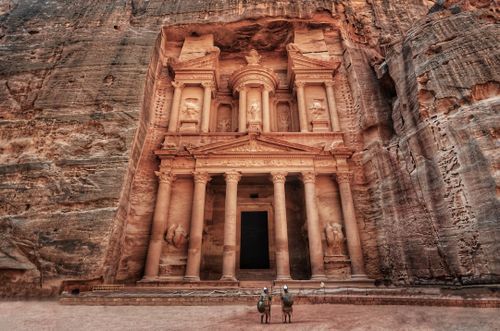
1, Petra
Nestled amid striking pink sandstone cliffs in southern Jordan's desert landscape, lies the stunning archaeological city of Petra. Known as the "Rose City" due to its fascinating rosy-hued rock-carved architecture, Petra presents an enticing blend of intriguing history and mesmerizing natural beauty. Once a thriving Nabatean capital, this UNESCO World Heritage Site is renowned for its spectacular monuments, including the grandeur of Al-Khazneh (The Treasury), a towering façade hewn directly from a cliff face, and the colossal Monastery, reached after a steep climb. The city also boasts a wealth of tombs, temples, and ancient Roman-style theatres that whisper tales of a majestic civilization. Petra's allure is not confined to its antiquities; its surrounding landscapes offer plenty of majestic vistas, perfect for hiking and exploration.
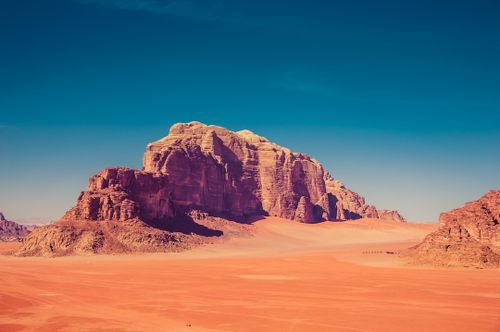
2, Wadi Rum
Wadi Rum, also known as The Valley of the Moon, is a mesmerizing and majestic destination tucked away in the southern region of Jordan. This dramatic desert wilderness is famed for its stunning lunar-like landscape of breathtaking canyons, shifting sand dunes, and towering cliffs crafted from granite and sandstone. The valley has a rich history, with ancient rock paintings, inscriptions, and archaeological remains that bear witness to 12,000 years of human occupation. Wadi Rum is well-known as a destination for hiking, rock climbing, camel and horse trekking, and even hot air ballooning. The territory gained global fame as the backdrop for many blockbuster films, including "Lawrence of Arabia" and "The Martian". Immersive experiences such as Bedouin-style camping beneath a spectacular star-studded sky further highlight the mystical allure of Wadi Rum.
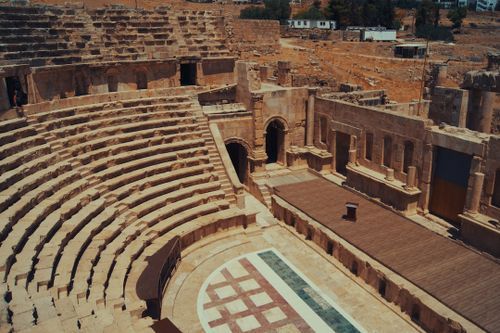
3, Jerash
Jerash, located in the northern part of the Hashemite Kingdom of Jordan, is renowned globally for its spectacularly preserved Roman architecture. Known as the "Pompeii of the East," it captivates visitors with its grand collonaded streets, hilltop temples, theatres, spacious public squares and plazas, bathhouses, fountains, and city walls pierced by towers and gates - all meticulously maintained remnants of one of the Decapolis, a union of 10 culturally diverse and influential ancient Roman cities. The seamless blend of the Mediterranean world and the traditions of the Arabic Orient elevates Jerash's allure, making it a must-visit destination for history enthusiasts and explorers alike.
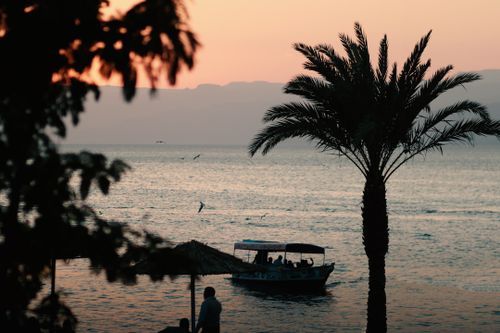
4, Aqaba
Aqaba, a beautiful coastal city located in the southernmost region of Jordan, is famous for its sparkling blue waters and thriving marine life that captivates the hearts of many. This city, marked by a rich history, acts as a gateway to the intriguing desert landscapes of the Wadi Rum and the monumental archaeological wonders of Petra. Known for its warm, balmy beaches and premier diving spots in the Red Sea, Aqaba also offers a well-preserved example of Mamluk architecture in the form of Aqaba Fortress. An integral part of the ancient Silk Road, Aqaba remains one of the most significant and frequented tourist destinations in Jordan, beckoning visitors with its combination of natural beauty, historical intrigue and local traditions.
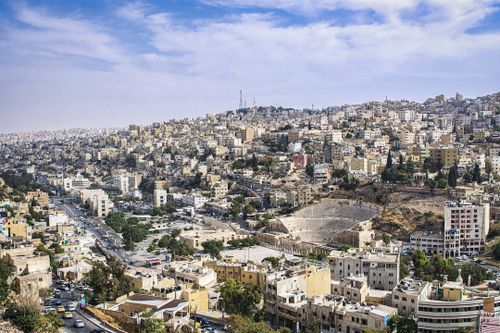
5, Amman
Amman, the capital city of Jordan, is nestled on a series of hills in the northwestern corner of the country. Known as the modern and ancient city entwined, it serves as an enchanting amalgamation of Middle Eastern traditional culture and modern lifestyle. It's renowned for its historical sites like the Citadel, home to the ruins of the ancient Temple of Hercules and Umayyad Palace, and the stunningly-preserved Roman Theatre. Bursting with museums, ample green spaces, and hip art galleries, Amman also offers excellent showcases of the country's history and arts scene. Its bustling downtown area, traditional coffee shops, vibrant souks, and high-end restaurants cater perfectly to foodies and shopaholics. Balmy with rich history and modernity, Amman is undoubtedly a city of contrasts.
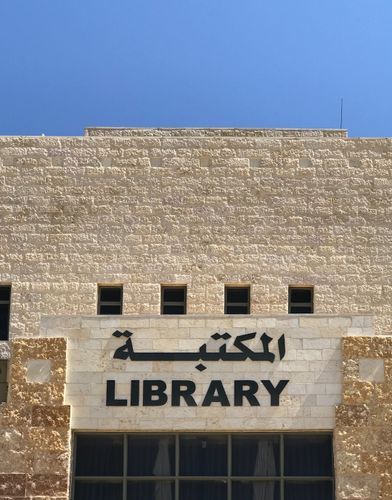
6, Irbid
Irbid, located in the northern region of the Hashemite Kingdom of Jordan, is the country's second largest city known for its vibrant cultural and educational scene. Strategic for its proximity to the Syrian border, Irbid is characterized by its verdant countryside, charming townships and ancient ruins that mark centuries of historic events. Often termed as Jordan's cultural hub, it houses a plethora of universities including the nationally respected Yarmouk University. The city's unique charm lies in the blend of its bustling, modern city life combined with archaeological attractions such as the Umm Qais ruins and the Islamic Museum. In its heart, aromatic coffee shops and bustling souks resound with the rich Arabian heritage making Irbid a must-visit for history enthusiasts and culture vultures alike.
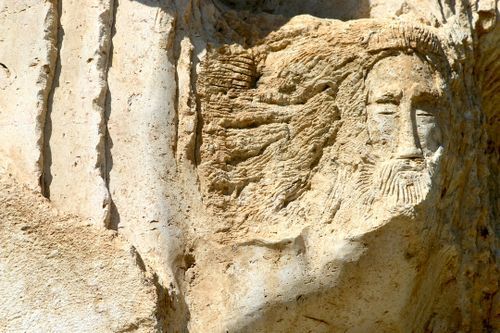
7, Madaba
Located southwest of the capital city, Amman, in the heart of Jordan is Madaba, a unique blend of modern culture and ancient history. Known as the "City of Mosaics," it is a must-visit destination for tourists interested in religious history and archaeology, as it is home to a large number of Byzantine and Umayyad mosaics. The most famous of these is the 'Madaba Map,' a detailed floor mosaic in the Saint George's Church, representing the oldest surviving original cartographic depiction of the Holy Land and particularly Jerusalem. Visitors also get charmed by its friendly local population, whose centuries-old traditions enhance the city's vibrant cultural landscape.
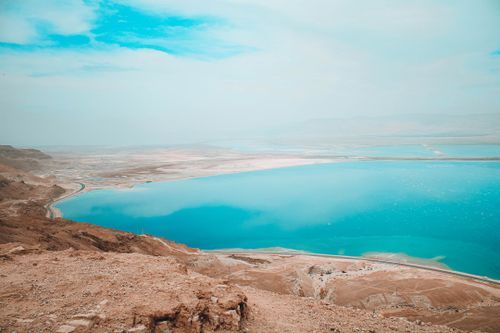
8, Dead Sea
The Dead Sea, located in the Jordan Rift Valley, straddles the border of Jordan and Israel, and is one of the world’s most amazing destinations. It is known primarily for its therapeutic qualities; the water of the Dead Sea holds a powerful concentration of minerals and mud that promotes health and heals skin disorders. It's earth’s lowest elevation on land and the salt concentration is so high that people can easily float on the surface. A visit to nearby sites like Masada, an ancient fortress, and the Jordan River, the believed baptismal site of Jesus, makes the Dead Sea an irresistible destination for any travel enthusiast.

9, Ajloun
Nestled in the lush northern highlands of Jordan, Ajloun is a captivating destination renowned for its verdant landscapes and historical significance. Approximately 76 kilometers from the bustling capital city of Amman, Ajloun offers a serene getaway characterized by its rolling hills and dense forests, a rarity in the largely arid region. The highlight of any visit to Ajloun is the majestic Ajloun Castle, also known as Qal'at Ar-Rabad, a 12th-century fortress that offers sweeping views of the Jordan Valley and stands as a testament to the area’s rich medieval history. Nature enthusiasts will revel in the Ajloun Forest Reserve, a sprawling reserve that protects a diverse array of flora and fauna, making it an ideal spot for hiking and bird watching. The town's charming village atmosphere, coupled with its significant archaeological sites and natural beauty, makes Ajloun a must-visit for those seeking both adventure and tranquility.
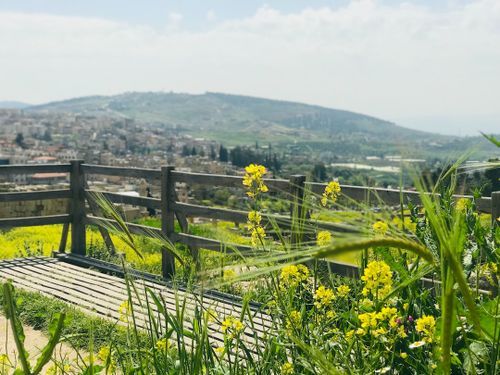
10, Jarash
Jarash, located roughly 48 kilometers north of Amman, the capital of Jordan, is a mesmerizing city that seamlessly weaves together the historical allure of ancient architecture with the lush landscapes of the Middle East. Known predominantly for its remarkable and well-preserved Greco-Roman ruins, Jarash invites travelers to explore the grandeur of ancient civilizations. The city is home to the stunning Archeological Site of Gerasa, where visitors can wander through the colossal Hadrian’s Arch, marvel at the impressive Corinthian columns of the Temple of Artemis, and stroll along the colonnaded streets that echo tales of a vibrant past. Each summer, the city springs to life with the Jarash Festival of Culture and Arts, drawing crowds with its lively mix of music, dance, and drama amid the ancient ruins. Surrounded by verdant pine forests and fertile valleys, Jarash is a cultural gem nestled in the heart of Jordan that promises a captivating journey through time.

11, Az Zarqā'
Az Zarqā, often simply referred to as Zarqa, is a vibrant city nestled in the northwestern part of Jordan, situated just northeast of the bustling capital, Amman. Known for its industrial and economic significance, Zarqa is the third largest city in the country and serves as a key hub in Jordan’s economy, boasting a dynamic blend of cultural richness and contemporary growth. Travelers visiting Zarqa can explore its diverse neighborhoods and enjoy authentic Jordanian cuisine at local eateries. The city is steeped in history with several nearby historical sites, such as the ancient Qasr al-Hallabat and the Desert Castles, which echo the stories of Roman, Byzantine, and Umayyad times. Zarqa's proximity to Amman also makes it an ideal spot for tourists wanting a more comprehensive Jordanian experience, offering a harmonious blend of traditional and modern Jordanian life.

12, Al Qastal
Al Qastal, located in the heart of Jordan just a short journey south from the bustling capital of Amman, offers a unique glimpse into the region's rich history and architectural heritage. Known for being home to one of the oldest Islamic archaeological sites in Jordan, Al Qastal showcases an impressive Umayyad-era complex, featuring well-preserved ruins of a desert castle adorned with intricate carvings and inscriptions. The site includes the remnants of a mosque, a large cistern, and ancient bathhouses, reflecting the grandeur of early Islamic civilization. Surrounded by a rugged landscape typical of the Jordanian desert, Al Qastal invites travelers to explore its historical treasures while experiencing the tranquil beauty of the surrounding countryside. This hidden gem is a must-visit for history enthusiasts and those seeking to delve deeper into Jordan's ancient past.

13, Al Jizah
Al Jizah, a charming town situated in the northern region of Jordan, nestles gracefully in the Balqa Governorate, just a short distance away from the bustling city of Amman. Known for its serene landscapes and rich agricultural heritage, Al Jizah offers a tranquil escape with its sprawling olive groves and verdant fields that paint a picture of rural tranquility. The town's proximity to significant historical sites adds a layer of intrigue, making it an ideal spot for culturally curious travelers. Visitors can embark on scenic drives through the beautiful Jordanian countryside or explore nearby historical attractions such as the ancient Roman ruins in Jerash or the architectural wonders of Umm Qais. Al Jizah's welcoming community and authentic Jordanian charm provide a genuine experience of local traditions, crafts, and cuisine, offering an unforgettable journey through Jordan's less-trodden paths.

14, Salt
Nestled in the hills of west-central Jordan, Salt is a historic city located only 20 miles northwest of the capital, Amman. Renowned for its picturesque architecture, this charming city is a treasure trove of history and culture, featuring yellow limestone buildings that reflect Ottoman-era grandeur. Salt is home to narrow, winding streets, vibrant souks, and a rich tapestry of historical sites, including the Roman Tombs, the Abu Jaber Mansion, and the Great Salt Mosque. Visitors can explore the town's unique blend of Arab and Ottoman influences while enjoying panoramic views from the hilltop spots like the charming Rainbow Street. Known for its welcoming hospitality, Salt provides an authentic Jordanian experience, offering a plethora of traditional crafts and culinary delights, making it a must-visit destination for cultural enthusiasts and history buffs alike.

15, Al Rama
Al Rama is a quaint and charming town nestled in the Balqa Governorate of Jordan, located near the western border with Palestine, close to the pristine shores of the Dead Sea. This picturesque destination is known for its tranquil ambiance and lush olive groves that paint the landscape in vibrant hues of green. Al Rama offers a harmonious blend of natural beauty and cultural heritage, with historical sites and traditional architecture that provide a glimpse into the rich tapestry of the region's past. Visitors to Al Rama can enjoy the serene environment and explore nearby attractions such as the Dead Sea's healing waters and the awe-inspiring Mount Nebo, famed for its biblical significance and panoramic views of the surrounding desert and beyond. This hidden gem in Jordan promises a peaceful retreat with the allure of exploration and discovery.








